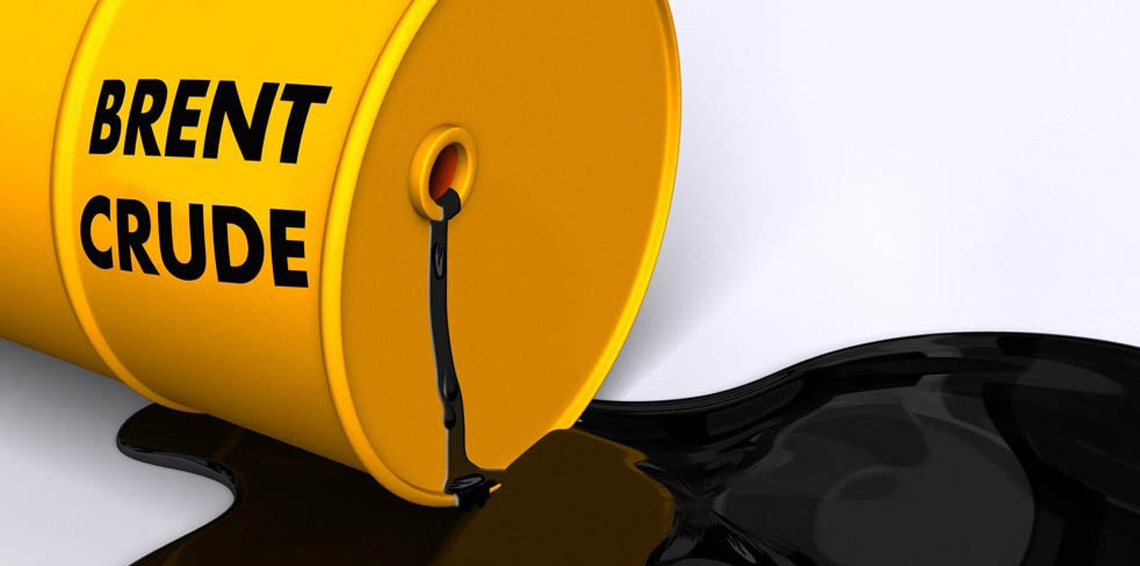early weakness after the US announcement of additional tariff s on $200bn worth of Chinese imports. The broad-based recovery that followed in global stocks and currencies was driven by a combination of the US tariff s coming in at the lower 10% bracket and China, while responding with its own counter tariff s, announcing plans to cut taxes, lift consumption, and lowering its average tariff rate on imports from most of its trading partners as soon as October. While these developments may have helped sentiment, a proper de- escalation in China/US relations has yet to be seen. Given this, some caution is warranted unless the recent dollar weakness continues to provide support.
Growth-dependent commodities such as energy and not least industrial metals received a boost. Since June, when the trade war began, it has been worries more than actual data pointing towards a slowdown that has driven the negative sentiment. Any sign of easing tensions is therefore likely to trigger renewed demand from consumers who had put off purchases in recent months. Brent crude oil tested key resistance after Saudi Arabia said it was comfortable with Brent above $80/ barrel. The Saudi comment was probably driven by the realisation that Opec members and Russia are unable to off set the ongoing slump in Iranian production; President Trump renewing his attack on Opec and high oil prices in a tweet failed to weaken the price. Trump’s sanctions against Iran are the main reason behind the elevated prices currently seen.
The European power market continued its wild gyrations with renewed strength in ECX Carbon emissions and rising coal prices driving a new surge in power prices across the region. Natural gas jumped the most since January and the near 7% rally on the week saw it return to face resistance once again at $3/therm. The rally was driven by lower than expected Chinese tariff s on LNG imports from the US and stocks being some 18% below the seasonal average with just a few weeks left before winter demand sets in. Rising US production this year has been met with rising demand and rising exports. HG copper jumped more than 6% on China’s spending pledge and the move helped support a recovery among the semi-precious metals – not least palladium and platinum with the latter seeing its discount to gold drop to a six- month low from a record just a couple of weeks ago. Gold took some comfort from the weaker dollar but struggled to keep up with headwinds arising from higher US bond yields, the September 26 Federal Open Market Committee meeting, and a weaker JPY against the dollar. Gold’s struggle to keep up with a recovery among other metals was seen through the lower ratios against both copper and platinum.
The battle for a shrinking global liquidity pool will heat up over the coming months and the US needs to attract an increased amount of funds to cover its growing deficit. The weaker dollar despite rising US bond yields this past week may indicate that investors worried about rising US funding requirements no longer find the current yield levels attractive at the current dollar valuation. These developments may eventually see the greenback weaken, removing some of the recent pressure on emerging market countries struggling with their dollar debt at a time of rising interest rates. If this materializes, some profitable months may lie ahead for commodities as investors and funds turn short positions back into longs. Gold has been range-bound around $1,200/oz for the past month while its room for manoeuvring, as per the chart below, continues to narrow. At this point we maintain a neutral outlook while waiting for a trigger strong enough to take it out of the current range.
The combination of a record short and some dollar buying fatigue leads us to believe that the upside eventually will be challenged. Key levels to look out for to the upside are $1,212/oz, $1,224/oz and particularly $1,238/oz. A break back below $1,188/oz, however, could once again see the metal’s resolve being tested. Crude oil remains supported and at risk of breaking higher as supply concerns intensify. Despite increased production from some Opec members and Russia together with robust US export sales of crude, the market is turning increasingly tight. Iranian exports have already witnessed a sharp reduction and are likely to fall further when US sanctions come into eff ect in November.
Opec and its allies meet in Algiers on September 23 to discuss oil market developments. This follows the June Opec+ meeting, which saw the production cap deal nearly abandoned despite Iranian objections. With Saudi Arabia, Iraq, and Russia producing at will, a contentious meeting high on politics and low on results await. The major factor here is Tehran, as Iranian leaders feel betrayed and have said they will veto any Opec decision that harms their country. President Trump’s growing fondness for trying to impact markets via Twitter fell short of halting oil’s ascent after he once again went on the attack against Opec saying that they “continue to push for higher and higher oil prices”.
With Trump’s Iran sanctions expected to force a minimum drop of 1mn barrels/day there is little Opec and its allies currently can do to stem the risk of rising prices. The best they can hope for is that the short-term supply deficit will not push prices so high that it hurts the medium- to longer-term outlook for global growth and demand for oil. Ole Hansen is head of Commodity Strategy at Saxo Bank.



